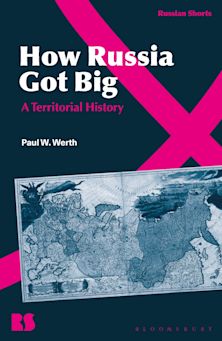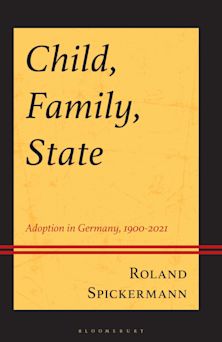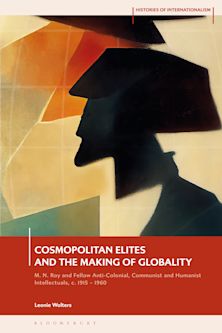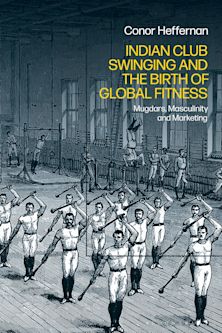- Home
- ACADEMIC
- History
- World History
- To Explain It All
To Explain It All
Everything You Wanted to Know about the Popularity of World History Today, Volume 2
To Explain It All
Everything You Wanted to Know about the Popularity of World History Today, Volume 2
You must sign in to add this item to your wishlist. Please sign in or create an account
Description
World history is not a subject; it is all the subjects. Because of this, world history as a discipline has never fit well with the traditional definition of historical research. H.G. Wells wrote the first true book of world history in 1920 and only a few authors have made the attempt to “explain it all” since Wells. In that time, world history has become the chosen subject of polymaths and possesses the most potential to unite all of the fields of knowledge. The subject of world history has developed several approaches, with “Big History” being the most modern, and flawed, of its variants.
Table of Contents
Introduction
Chapter 1: World History Through Islamic Eyes
Chapter 2: The Silk Roads: A New History of the World
Chapter 3: A People’s History of the World
Chapter 4: Francis Fukuyama’s Thesis-Driven World History
Chapter 5: World History in Academia, and the Development of Big History
Conclusion
References
About the Author
Product details
| Published | 21 Feb 2020 |
|---|---|
| Format | Ebook (PDF) |
| Edition | 1st |
| Extent | 160 |
| ISBN | 9798216318149 |
| Imprint | Rowman & Littlefield Publishers |
| Publisher | Bloomsbury Publishing |
About the contributors
Reviews
-
Ambitious is the author who attempts to write the history of the entire world. Equally daunting is the historiographical challenge of writing an accessible account of the production and scope of the most influential of these grand narratives. Written by a veteran educator with decades of experience teaching and developing world history curricula at the secondary school level, To Explain it All masters this challenge with verve and deft expertise. Refreshing in its clarity of writing and unflinchingly honest in its opinions, this two-volume survey will be of interest to both general readers and those who write or teach world history.
Timothy Parsons, Professor of History and of African and African-American Studies



































